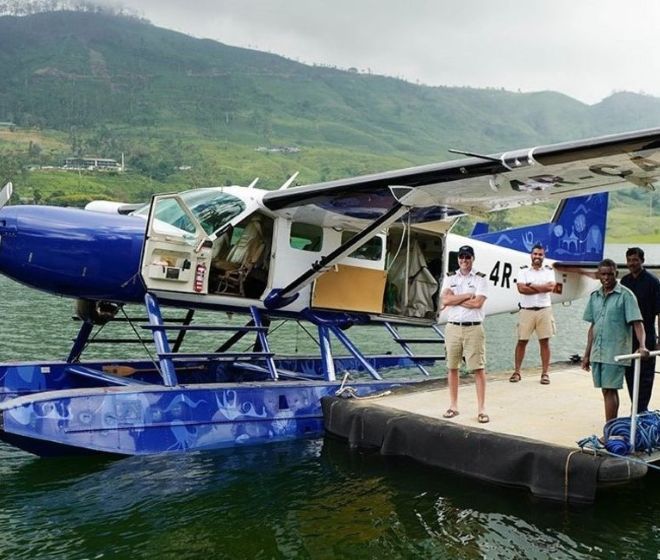
Bundala National Park Sri Lanka
Introduction / Designation
Bundala national park is an internationally important wintering ground for migratory birds. It harbors about 200 bird species and is declared both Ramsar wetland site and a UNESCO Biosphere Reserve. Bundala National Park is a Sri Lankan protected area known for its critical wetlands that help to create habitat for many varieties of wildlife including 200 species of birds. Thus, Bundala National Park is considered as one of the best Bird watching places in Sri Lanka. The national park, located near Hambantota in the south-eastern coastal region of the country, is a landscape made up of lagoons, inter-tidal mud flats, beaches, sand dunes, grasslands, and forests which create a perfect wildlife photography tour destination in Sri Lanka.
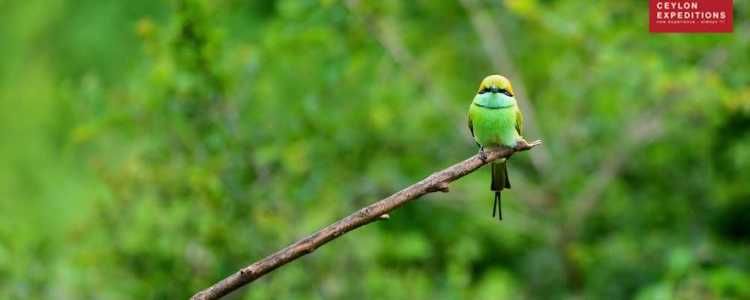
Bundala bird sanctuary situated in the southern province of Sri Lanka, 245 KM from Colombo, and was designated as a National Park on 4 January 1993 (Gazette Notification No. 748/3), having originally been declared as a Sanctuary on 5 December 1969 (Gazette Notification No. 14,883). Bundala bird sanctuary covers an area of total 6,216 hectares.
Reference - Biodiversity Baseline Survey of DWC - Department of Wildlife conservation Sri Lanka
RAMSAR Wetland Site Bundala - What is RAMSAR Wetland Site?
A Ramsar site is a designated wetland to be of international importance under the RAMSAR Convention, also known as "The Convention on Wetlands", an intergovernmental environmental treaty established in 1971 by UNESCO. The Convention was adopted in the Iranian city of Ramsar in 1971 and came into force in 1975. Prime purposes of the Ramsar Convention are to halt the worldwide loss of wetlands and to conserve, through wise use and management, those that remain worldwide. As of April 2022, there are 2,437 Ramsar sites around the world, protecting 254,691,993 hectares (629,357,620 acres), and 171 national governments are participating.
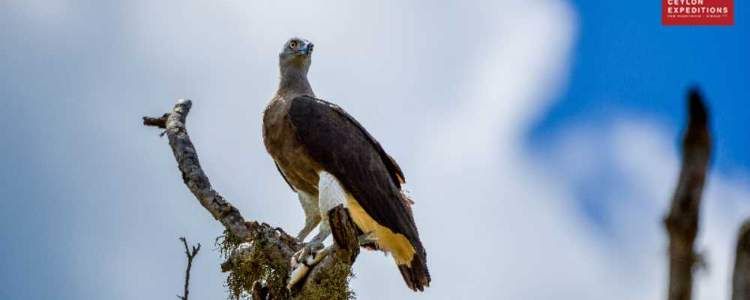
Bundala Ramsar Wetlands Sri Lanka
Bundala lagoons of Sri Lanka became the country’s first Ramsar site of an international importance for migratory avian species. Bundala wetlands was declared as a Ramsar site on 15th June 1990 under the sequence number 487. Bundala safari Park is the most important wintering site in southern Sri Lanka for migratory shorebirds, regularly holding over 15,000 individuals of different bird species, and provides habitat for rare and threatened water bird species which creates best sites for birdwatching tours and wildlife photography tours in Sri Lanka.
Human activities include commercial salt extraction, subsistence fishing, wildlife tourism, livestock grazing, and firewood collection.
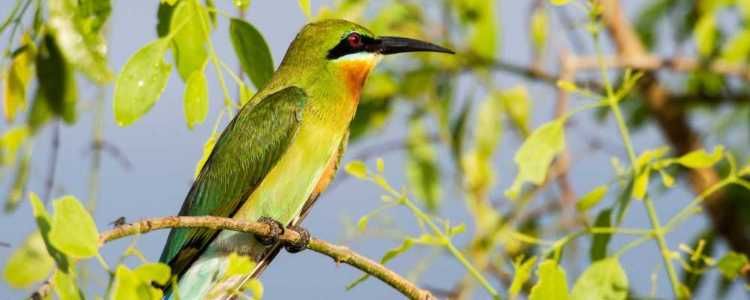
What are the fauna species of Bundala National Park?
Bundala is identified as an important bird area (IBA) with a recorded 324 species of vertebrates and 52 species of invertebrates. This includes 197 species of birds, 48 species of reptiles, 32 species of fish 32 species of mammals and 15 species of amphibians which create a best safari park for birdwatching and wildlife tours in Sri Lanka.
Out of 197 bird species, 100 are water birds and 58 are migratory. The highlights of the migratory birds are the Greater flamingo, waterfowl and cormorants. This rich biodiversity of birds has led to a national bird ringing program.
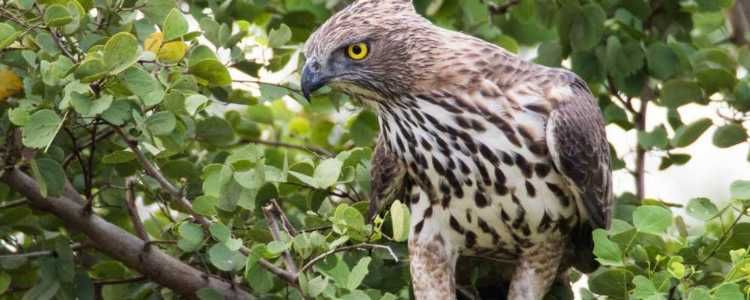
Being one of the best national parks for wildlife holidays in Sri Lanka, Bundala is rich with not only birds, but also its home to various animals such as Asian elephant, different types of macaques and langurs, jackals, leopards, wild boars, porcupines and deer. The brackish water in the Bundala lagoons is the home to different species of fishes and amphibians, with two species being endemic. The seashore of Bundala National Park provides breeding grounds for all five species of globally endangered sea turtles. Thus, Bundala National Park is a hot spot for wildlife photography tours and bird watching holidays in Sri Lanka.
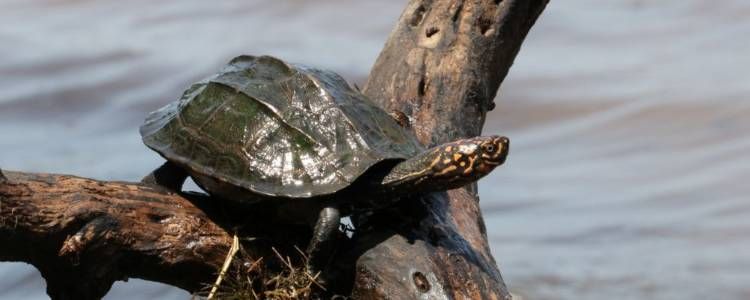
Bundala National Park Safari FAQ
Is it worth to do a safari at Bundala National Park?
Yes. It is recommended to experience a jeep safari at Bundala National Park during your holiday in Sri Lanka if you stay 1 or 2 nights in southern coast. But if you are on your wildlife photography tour or bird watching tour, Bundala National Park is a must.
What is the best time to do a Bundala National Park safari?
Bundala National Park is 365 day safari park, but best time is from October to May each year and December would be the best due to arrival of migrants.
How much is the Bundala National Park Entrance fees?
Foreign adult approximately Sri Lankan Rupees 7,500 including taxes / levies
Foreign Children age 6 – 12 Year approximately Sri Lankan Rupees 3,750
Foreign Kids 0 – 6 Year Free of Charge subject to accompanied by parents.
(Note - These prices are as per the 2022 May update and prices can be changed at any time without prior notice due to fluctuation of exchange rates)
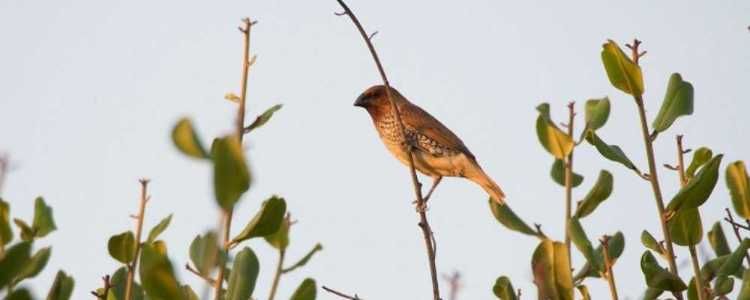
How much is the cost of safari jeep at Bundala National Park?
Approximate cost of half day safari Jeep at Bundala National Park would be 40 - 45 $
Fully day safari jeep cost at Bundala National Park 85 - 90 $
Better contact your travel agent in Sri Lanka to have a qualified driver and smooth jeep safari.
This price is based on 2022 May rates and the new prices may vary with fuel hikes / taxes etc
Can I pay in USD for Bundala National Park Entrance Fees?
No, you need pay in Sri Lanka Rupees and any international currencies are not accepted for Bundala National Parks of Sri Lanka for entrance fees.
Can I buy Bundala National Park Entrance Ticket online?
Yes, from April 2022 onwards, Sri Lanka National Parks entry permits can be obtained online.You may click below link of DWC (Department of Wildlife Conservation) and book your Bundala National Park ticket online.
https://dwc.lankagate.gov.lk/DWCEpermitApp/homeAction.action?lang=en and then click Reserve Park Permit Online
In case this link is not working, you may go through http://www.dwc.gov.lk – E-Services – Day Visitor Permits
Are there specialize wildlife tour companies in Sri Lanka?
All Tourist Board approved travel agencies in Sri Lanka operates wildlife tours and bird watching tours
Is it safe to go on safari at Bundala National Park?
Cannot give a Yes or No answer since you entering to the zone of the untamed wild animals. Department of Wildlife Conservation (DWC) has fully committed for the safety of the visitors. Code of conduct / rules for the safari jeep drivers are well in place. But make sure your own safety and always be inside the safari jeep and avoid unnecessary behaviors like feeding / shouting / selfie / high speed driving etc.
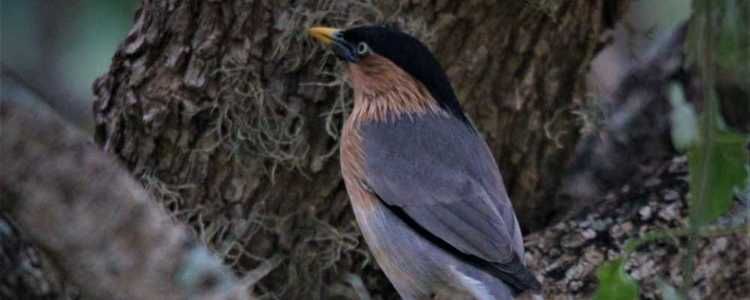
How do I plan a safari at Bundala National Park?
If you are a traveling your own, make sure to reserve a safari jeep well in advance to avoid last minute hassle at the entrance gate. You can buy your entrance ticket at the gate or online. Keep water / camera / light dress / binocular ready.
If you travel through a travel agency in Sri Lanka, they will organize all these well in advance since all travel agents are having their own carefully selected pool of jeeps at each National Park Sri Lanka.
How do I make a jeep safari booking at Bundala National Park with Ceylon Expeditions ?
Simply email to holidays@expeditions.lk or SMS / WhatsApp / Viber to our hotline +94 717 88 44 99
Can I pay Bundala entrance ticket from my credit or debit card?
No, this facility is not available (As of May 2022)
Can I hire an air condition safari jeep at Bundala National Park?
Yes, possible but subject to availability. Make sure to inform your travel agent in Sri Lanka in advance.
Are there lots of bugs inside the Bundala National Park?
Since you are in tropical country, yes, bugs / mosquitoes are there but this won’t affect your jeep safari.
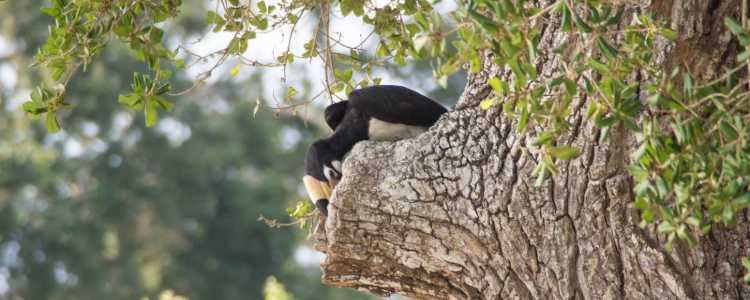
Can I feed the animals at Bundala National Park safari?
Not at all. You are not allowed to feed animals at any National Park in Sri Lanka. This is an offence.
Can pregnant women go on safari at Bundala National Park?
Yes, can but subject to medical advice. Ceylon Expeditions operate babymoon holidays in Sri Lanka including safaris with very comfortable spacious safari jeeps with very careful slow driving with very special care. In this case you need to inform your travel agency in Sri Lanka.
What kind of clothing should I pack for Bundala National Park safari?
Casual, comfortable cotton clothing is suitable due to temperature and ideal colurs are Khaki, brown, white, green and beige. Please note: brighter colors like blue or red are proven to attract insects.
What happens if it rains during my Bundala jeep safari?
All jeeps are open, but tent is there to cover you if it rains.
How long Bundala National Park Jeep Safari?
Regular jeep safari will take 3 – 4 hours but if you are on your wildlife holiday or bird watching tour in Sri Lanka, we recommend full day safari to have a better experience.
Can I stay in a luxury tented camp near Bundala National Park?
Yes, there are few luxuries tented camping operators in Bundala / Yala and contact your travel agency in Sri Lanka or Ceylon Expeditions to go with a safest / luxury tented camp.
Is Bundala jeep safari escorted?
Yes, these are escorted jeep safaris.
 What kind of photographic equipment can I bring?
What kind of photographic equipment can I bring?
Professional photographers who carry numerous small to large equipment. If you have a special requirement such as tripod / long lenses etc., please let your travel agent in Sri Lanka know in advance, we are happy to customize your wildlife photography safari.
Can I use washroom / toilet at the entrance of Bundala National Park?
Yes, toilets are available at the entrance premises.
How many people can go in one safari jeep at Bundala National Park safari?
6 people can accommodate in 1 jeep but it’s comfortable for 3 – 4 people in 1 jeep. Also if you are on wildlife photography tour, recommend to keep 2 -3 people in 1 jeep maximum to have a better experience.
Can I hire Toyota / Mitsubishi Jeep for Safari at Bundala National Park?
Yes. Most of the Safari jeeps are Indian made but there are Japanese made Toyota / Mitsubishi as well. Price will be slightly higher than the Indian made jeeps.
Do I get a tracker for my wildlife safari at Bundala National Park?
Yes, Department of Wildlife provide wildlife tracker for each jeep free of charge subject to availability.
Do I need to tip for safari jeep driver & tracker?
Tipping is common in Sri Lanka and if you satisfied with the service you received from them, recommend paying a reasonable tip for tracker & jeep driver.
What to bring for Bundala National Park safari Sri Lanka?
I. Light costumes / recommended colors are Green, Beige, khaki, tan etc.
II. Sunblock / Sunglasses / Lip balm / hat
III. Insect repellent
IV. Binoculars are recommended to improve sightings
V. Camera and accessories such as spare batteries, memory cards
VI. Ceylon Expeditions will load required cool bottled water / soft drinks / snacks etc
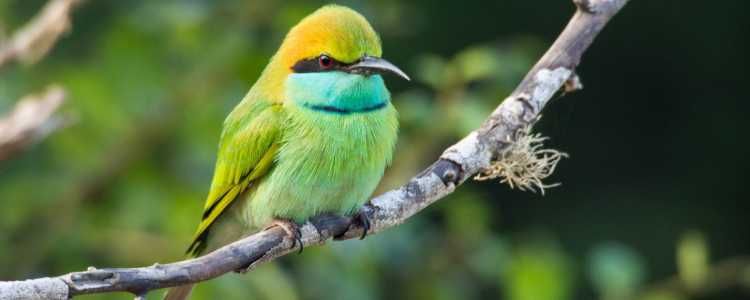
What are the other National Parks to see birds in Sri Lanka?
Yala / Wilpattu / Bundala / Wasgomuwa also best safari parks in Sri Lanka with Elephants and other bird species.
How can I get water / soft drinks during the safari at Bundala National Park?
Ceylon Expeditions exclusive jeeps are fully loaded with cool water / snacks / soft drinks etc. but if you are an individual traveler, better you check with your travel company or jeep provider.
Am I allowed to walk around the national parks?
Not at all. You are not allowed to get down the Jeep and must be inside the vehicle unless otherwise instructed by the wildlife tracker.
What if I have special dietary requirements?
Ceylon Expeditions generally check meal plan well in advance and arrange accordingly.
If you are an individual traveler, better you check with your Travel agent in Sri Lanka.
What travel documents do I need to visit Bundala National Park Sri Lanka?
Only you will need a valid passport or National Identity Card to enter the national parks Sri Lanka.
How far in advance do I need to book Bundala National Park Safari?
If you are an individual traveler, you do not need an advance booking and you may obtain the ticket at the entrance gate. But if you travel through a Travel Company. Better you inform them well in advance to reserve the safari jeep and tracker and other logistics arrangements.
What is the contact number of Bundala National Park?
Dialing from Sri Lankan phone 047 348 90 70
Dialing from an international number +94 47 348 90 70
Is the Bundala National Park pet friendly?
No, Sri Lanka National Parks are not pet friendly.
 Can I do night safari in Bundala National Park?
Can I do night safari in Bundala National Park?
No it’s banned to do night safaris / Infrared drives in Bundala National Park Sri Lanka.
How many National Parks in Sri Lanka?
There are 26 National parks in Sri Lanka.
What are the famous most visited National parks in Sri Lanka?
Yala National Park / Wilpattu National Park / Minneriya National Park / Kaudulla National Park / Hurulu Eco Park / Bundala National park / Horton Plains National park / Wasgamuwa National park / Udawalawe National Park.
What is the best time to see wildlife?
Early morning and afternoon hours preceding sunset are ideal times to view wildlife.
Is there mobile phone reception in Bundala National Park?
Mobile signals are very limited inside the Bundala National Park. Signals are jammed purposely by the government to enhance the experience of the wildlife enthusiasts.
Any other details please contact,
Wildlife Tour Consultant of Ceylon Expeditions
Wildlife Helpline of Ceylon Expeditions (Voice / SMS / WhatsApp / Viber +94717 88 44 99 or holidays@expeditions.lk
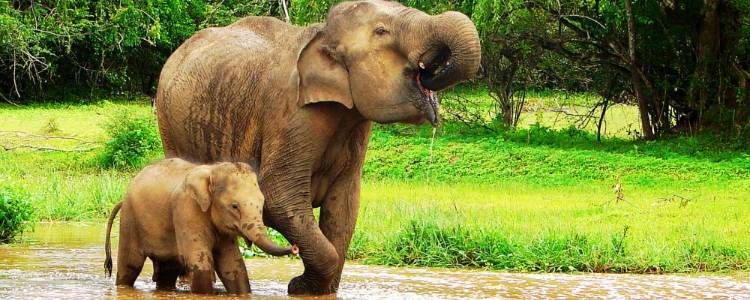
Bundala National Park Physical features
There are 3 topographic zones, ranging in elevation from sea level to 20 m, can be distinguished at Bundala: beach and sand dunes, outer coastal plains with lagoons and inner coastal plains consisting of five shallow, brackish lagoons, of which three have been converted into salt pans.
Geologically, Bundala lies within the Vijayan complex, represented by a variety of gneisses and granites. The coastal belt contains a thin band of Ferruginous Gravels deposited in the Quaternary period, above which are some detached Red Earths. The land between Bundala Lewaya (lagoon) and the inner coastal plains consists of fossil shell deposits originating from the Miocene and post-Miocene. Soils near the shore are Red Earths and sandy Regosols. Alluvial soils are found along the Kirindi Oya and in low-lying areas. (Reference - Biodiversity Baseline Survey of DWC - Department of Wildlife conservation Sri Lanka)
Climate of Bundala National Park
Bundala lies in the Dry Zone. Mean annual rainfall ranges from 900 MM to 1300 MM, with two peaks periods of rainfall in April – May and October-November, and an extensive intervening dry period between May and September. Mean annual temperature is about 27 C. Relative Humidity ranges between 76% and 81%. Wind speeds may reach 23 km/hour during the South-West and North-East monsoons. (DWC)
Vegetation of Bundala National Park
The vegetation of Bundala National Park is very diverse, showing a natural succession from low, creeping plants that have colonised the beach and sand dunes to climax forest, referred to variously as Thorn, Dry Semi Evergreen and Dry-Mixed Evergreen Forest.
Additionally, a range of vegetation types occur in the lagoons and low-lying areas, including salt marsh, mangrove and aquatic vegetation. Seven terrestrial vegetation/habitat types (dry thorny scrubland, arid zone forests, sand dune vegetation, gentle sea shore vegetation, arid zone maritime grasslands/pastures, riverine forest, anomalous Mesquite scrublands) and six wetland types (salt marsh, mangrove, brackish water lagoons, sandy and rocky sea shore, seasonal water holes and tanks, saltern) were identified in a biodiversity survey by IUCN (Bambaradeniya et al., 2001). (Reference - Biodiversity Baseline Survey of DWC - Department of Wildlife conservation Sri Lanka)

Bundala National Park ecosystems
The ecosystems of Bundala contain seven terrestrial habitat types and six wetland types. It boasts of 383 plant species belonging to 90 families, dominated by dry thorny shrubs, acacia and herb species. The lagoons are dominated by blue-green algae, Hydrilla and water lilies. The sand dunes east of the Bundala village is also a must-see due to its strip of unique Palu (Manilkara hexandra) trees.

